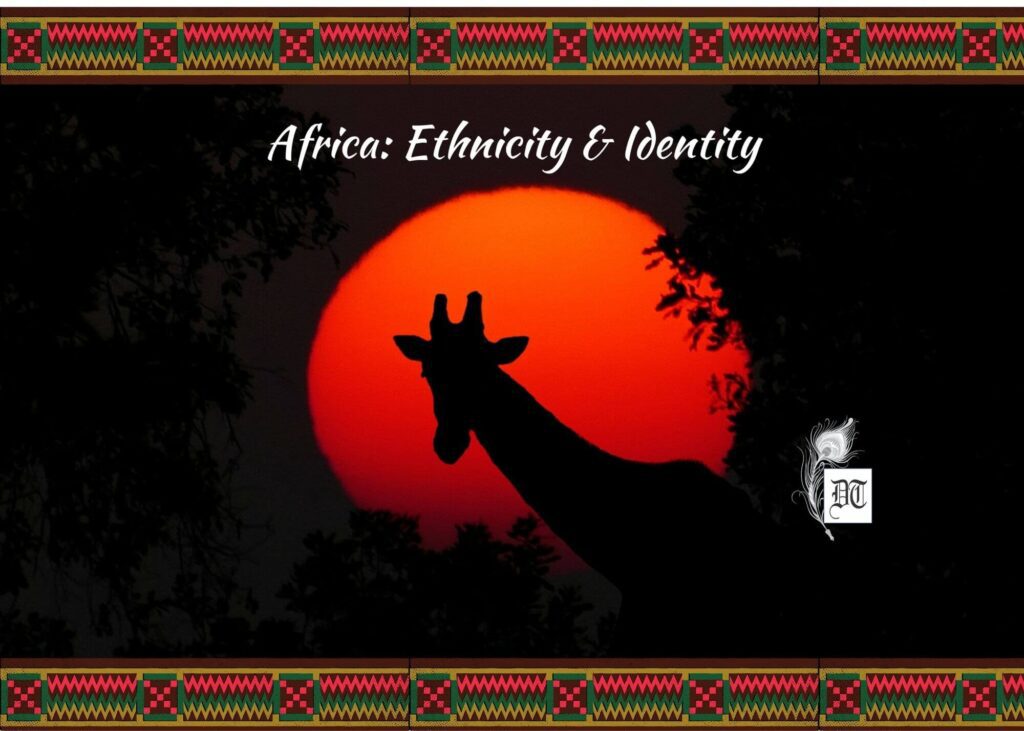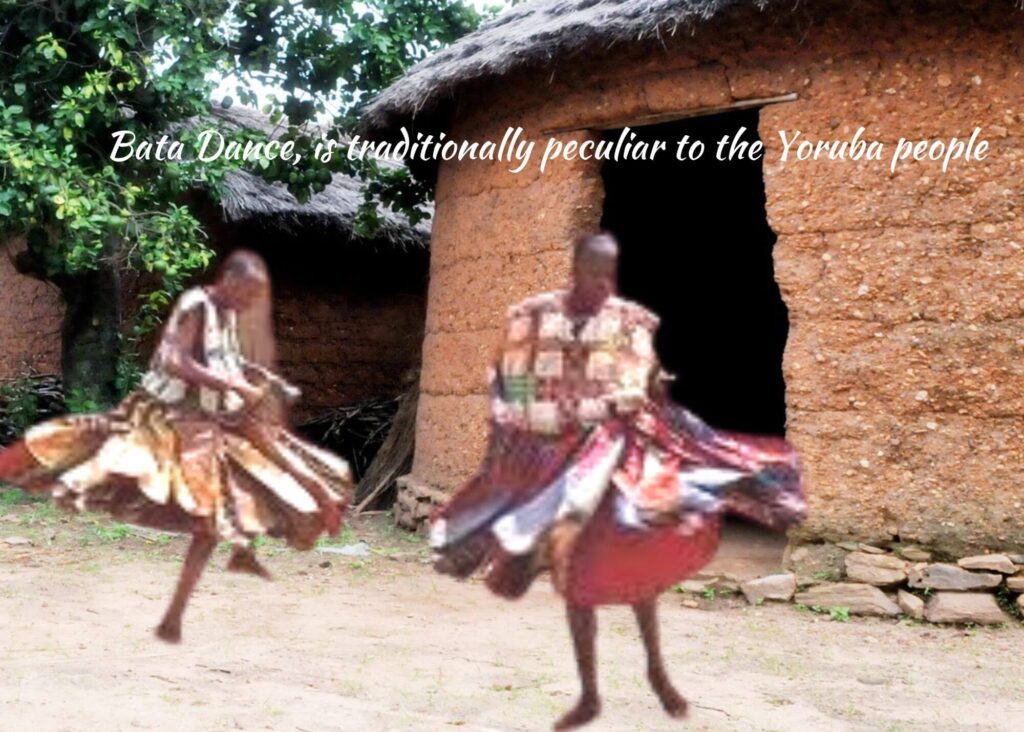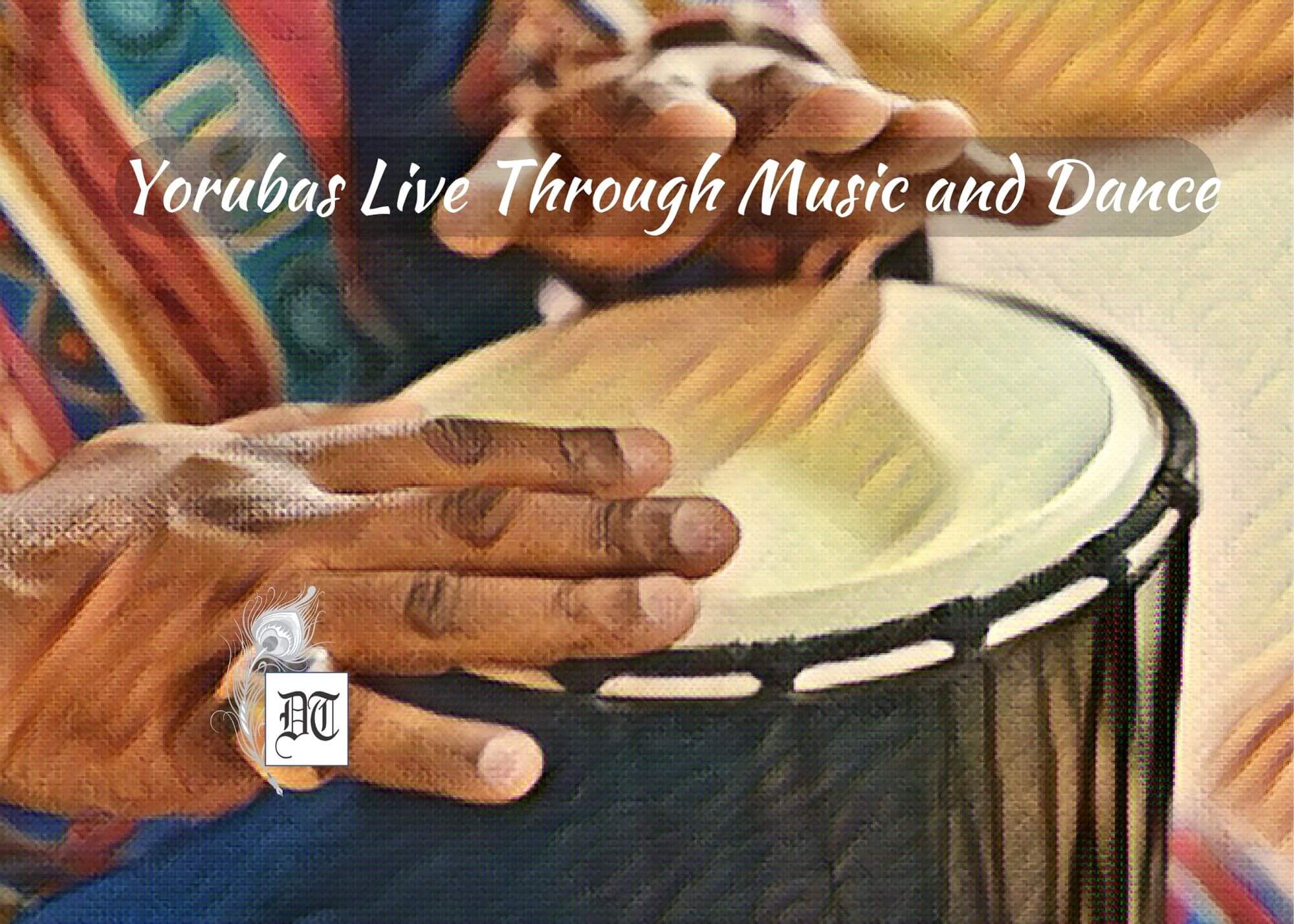Reading Time: 3 minutes
Music and dancing are integral parts of the Yoruba way of life. Sango might have communicated with his worshippers via dancing, opines Swati – exclusively for Different Truths.

Kòkòrò tó ńjó lẹ́ẹ̀bá ọ̀nà, onílù rẹ̀ ńbẹ nínú igbó (The insect that is dancing by the bush path has its drummer right in the bush).
In a traditional culture, music and dance are often inseparable – musicians are brought to life by dancers, and dancers energise musicians. These two forms of expression are usually placed among sister arts, yet an argument can be made that they are related much more closely to politics and social skills.
Yoruba people’s way of life is inseparably bound up with music and dance. This form of expression is so embedded that it is believed that without them, people cannot properly create
poetry, record history, educate or train children, celebrate at festivals, praise, or abuse, entertain, instruct, disagree, marry, or have funerals.
… dance is conceived as the oldest of all arts since the medium of its expression is the human body.
This is not surprising because dance is conceived as the oldest of all arts since the medium of its expression is the human body. It is an artistic expression predicated on movement (Layiwola,1989: 97). Such a term involves the rhythmic movements of the body to music.
Traditional Yoruba culture music features every aspect of human life right from childhood to adulthood. The combination of music and dance in Yoruba culture gives life to the people.
In Nigerian culture, the young individual is exposed to strong musical stimuli from birth. Cradle songs are sung to babies on their mothers’ backs, accompanied by simple dance steps, giving meaning to the rhythm. The infant is subjected from the earliest age to vocal and instrumental music in addition to the movement that accompanies it. As soon as the child is old, they are encouraged to sing and imitate simple dance movements.
The Bata dance is an expressive art not just imbued with rhythm and movements but avowed spirituality.
Scholars from history and musicology have viewed the mal life as an integral community with traditions and discourse. The famous Yoruba dance style, Bata Dance, is traditionally peculiar to the Yoruba people of the Southwestern part of Nigeria. Historically, the dance is believed to be attributed to “Sango” – the Yoruba god of Thunder and Lightning, an extraordinarily strong, powerful, and athletic deity. The Bata dance is an expressive art not just imbued with rhythm and movements but avowed spirituality.

Prehistorically, the dance is believed to be a communication channel between Sango and his worshippers. It is, therefore, not surprising that the dancers try to emulate his character by using their feet, hands, and shoulders to dance. The gymnastic energy of the dance, its flashes and dashes, complimented by the thundering, rattling, and piercing sounds of Bata drums, play tribute to Sango, the flaming God. It is a very intense performance by professionals, usually accompanied by music, songs, and chants. Dance is not just related to body movements; it is an expressive dance and rhythm relationship.
The musical aspect of the dance is the drumming accompaniment from the Bata drums. The dance is done in synchronisation with beats from the Bata drum, without the drums. The Bata drums are three drums of different sizes that make up the collective ensemble for the performance. Iyá, the biggest drum, is often played by the master drummer and establishes the rhythmic activity for the whole set of drums. The drum Itótele converses with the drum iyá, while the smallest drum, okónkolo, maintains a steady beat. The Iyá Ilu represents the function of an instructive mother.
The connection between the dancer and the drummer… is a joy to behold.
The connection between the dancer and the drummer, as they both comprehend the drumbeat’s vocabulary and the movement symbolism, is a joy to behold. However, this form of expression has been influenced a lot by the intrusion of the internet, which brings different social media platforms. On the one hand, the virtual web introduces this dance form to the globe. On the other, with the re-mix trend of techno music and western body movements, the original touch of this music and dance combination feels adulterated.
Picture design Anumita Roy
















